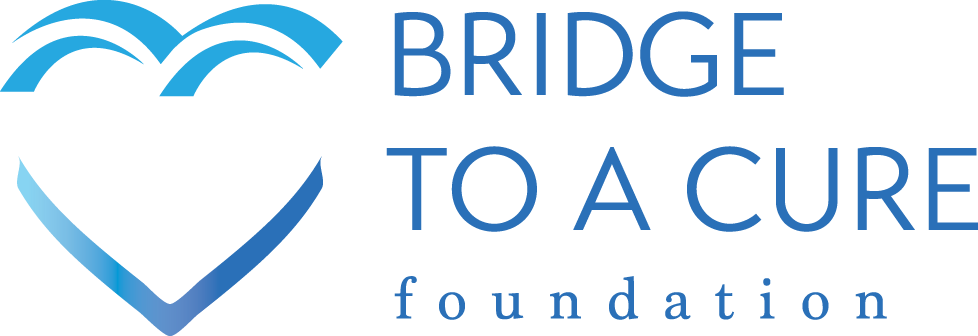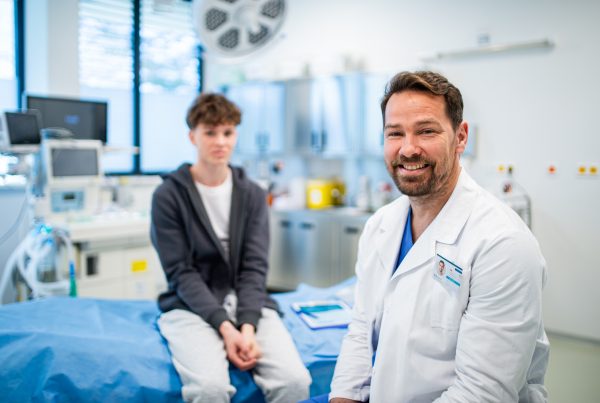Bill Gates + Bridge to a Cure = Path Forward
In Bill Gates’ 2015 TED Talk titled “The next outbreak? We’re not ready,” Bill warned that we were woefully unprepared to deal with the threat of a pandemic. He was right.
In the Bridge to a Cure Foundation’s March 2017 release, we identified the five barriers contributing to the unacceptably slow development of pediatric cancer treatments and cures. The same is true for infectious diseases.
Globally the coronavirus has infected millions, killed hundreds of thousands, and decimated national economies and the lives of many families. Bottom line: we weren’t prepared. The next time — and there will be a next time — we must be ready. The Path Forward is now and here’s how we should implement it:
- Develop the response plan proposed by Bill Gates and be ready to implement it to identify infectious disease outbreaks early: Gates proposed we look at how the military prepares for war and use that as a model to prepare for the net pandemic. This includes having trained “soldiers” ready to deploy, reserves we can scale up rapidly, and war games-like training simulations. “Those are the kinds of things we need to deal with an epidemic,” Gates said.
- Ensure that the required numbers of trained human resources are prepared to deploy: This includes epidemiologists ready to study the disease and identify how far it has spread, along with medical teams trained and ready to treat patients. Using the Ebola outbreak as an example, Gates noted we were unprepared in these areas and warned: “A large epidemic would require us to have hundreds of thousands of workers.”
- Advance preparedness for clinical research to combat pandemics: Speaking of our lack of preparedness for Ebola, Gates said, “There was no one there to look at treatment approaches. No one to look at the diagnostics. No one to figure out what tools should be used. As an example, we could have taken the blood of survivors, processed it, and put that plasma back in people to protect them. But that was never tried.” In an article titled “Advancing Preparedness for Clinical Research During Infectious Disease Epidemics,” the authors state: “Clinical research is vital for an effective response to infectious disease epidemics. To be viable, preparations must be made in anticipation of infectious disease epidemics and must address barriers to rapid deployment and implementation.”
To meet these challenges we should follow the same approach developed by the Bridge to a Cure Foundation to modernize pediatric cancer research by unleashing resources already available today. Measures we propose include:
- Develop a robust national database for each microbial threat: As the article notes, “In many instances the point at which an epidemic occurs is the only time to gather data and generate new knowledge regarding disease characterization, prevention, and treatment. Experience from previous epidemics highlights how time and again, the research response is delayed and the narrow window of opportunity for enrolling patients during peak epidemic waves is missed.” We must provide a process and framework to capture the hundreds of millions of pages of research, medical files, and the science behind every treatment, drug and alternative medicine so that this data is available in advance of the next pandemic. To learn more, read our Sept. 24, 2019 blog Dying in the Dark and the April 15, 2019 blog Stop Pediatric Cancer Like We do Terrorists.
- Include alternative medicine/treatments: Develop a methodology to evaluate/approve alternative medicines/treatments. To learn more, read our May 29, 2018 blog Breaking Down Barriers, Bridging to A Cure.
- Capitalize on the proven capability of artificial intelligence: Research institutions have been slow to embrace this technology, trusting more in the mind of the researcher alone. Once a robust national infectious disease database is developed, we need to provide the methodologies and tools for researchers to extract meaningful findings. There are computers that can read and review hundreds of millions of scientific pages in seconds. Algorithms can be written to discover, analyze and predict from the data a robust global database would provide. To learn more, read our Feb. 15, 2019 blog Putting the Pieces Together for the Fight Against Cancer.
- Simplify, sensitize, and modernize the clinical trial process by speeding up and reducing complexity. Some ways to do this include pursuing simulated research, balancing life expectancy and quality of life, and including exemptions to allow terminal patients to participate in trials of experimental drugs. To learn more, read our Jan. 31, 2020 blog Solving the Clinical Trial Debacle and the July 25, 2019 blog The National Cancer Institute Knows How to Cure Pediatric Cancer.
- Align and collaborate across institutions and practitioners: Develop a reward and recognition system unique to infectious disease research — one that reinforces a culture of collaboration and spans across and within nations, institutions, governments and sectors. The article referenced above states, “There are multiple challenges to building equitable and mutually supportive partnerships. These include unequal access to funding, academic reward systems that incentivize competition over cooperation, silo-thinking reinforced by (artificial) disciplinary boundaries and commonly held assumptions regarding mutual capacities or needs. Fragmentation and competition among stakeholder groups, research initiatives, and disciplines represent a lost opportunity for shared expertise and learning, and to strengthen global, national, and regional research preparedness.” To learn more, read our Nov. 25, 2019 blog Why Reward Systems are Barriers to Pediatric Research Breakthroughs & How to Fix it.
We are at a moment in history where it is time to acknowledge the flaws in our approach to medical research and treatments, and how we respond to pandemics. Overcoming the barriers identified above is a good place to start. But that alone isn’t enough. We need a holistic strategic approach that engages participation from the medical community; pharmaceutical and technology companies; investment and investor communities; nonprofits/foundations and donors; and military, state, and local officials and government agencies.
It is time to recognize and value institutions and corporations for their contribution to the global good. The mantra of maximizing shareholder value alone is insufficient. Corporations should do more to better mankind — and they should be rewarded for it. In our May 2019 blog, we introduced the Millennial Organization. It revolutionizes the criteria for valuing organizations. The blog provides detailed evidence to support that the time has come for the Millennial Corporation — the organization whose stock value reflects not only sustainable profit growth but also its contributions to improving the human condition. Now is the time for the investment community and pharmaceutical industry to redefine the matrices for valuing this industry. Investing in childhood cancer would be a good place to start. To learn more, read our May 28, 2019 blog The Cure to Pediatric Cancer is at Our Fingertips.






